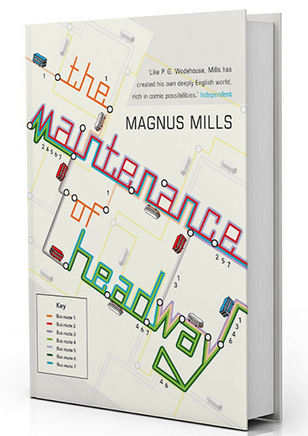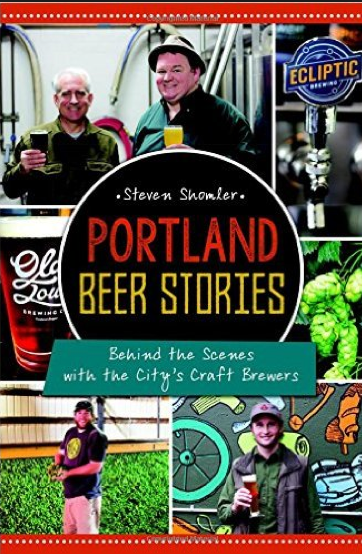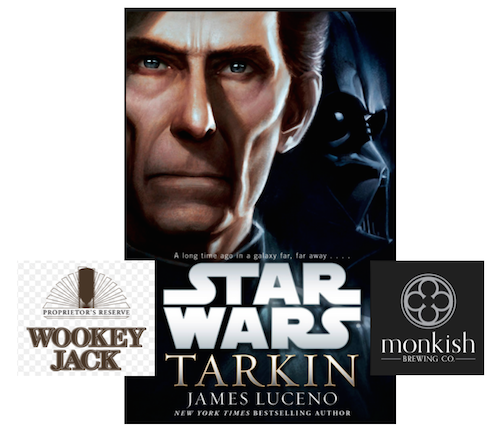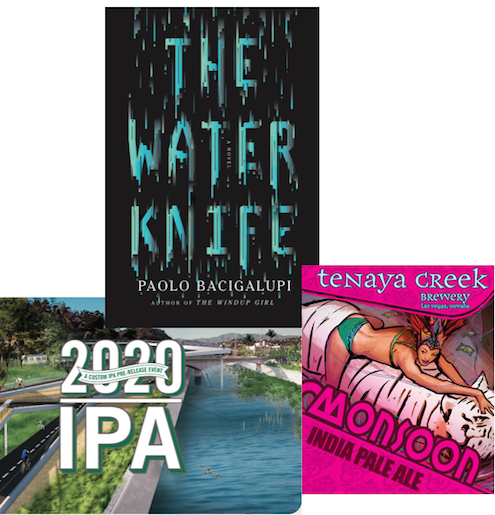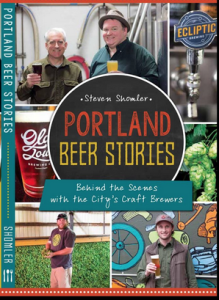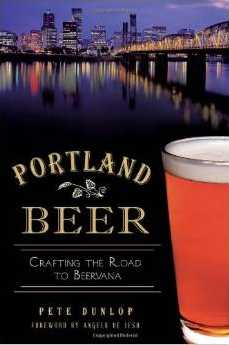I am not done reading the Beer Bible by Jeff Alworth. In fact, I am maybe only 60% done. Barring a bunch of empty pages though, I can already say that I am giving this book as much of a positive review as I possibly can.
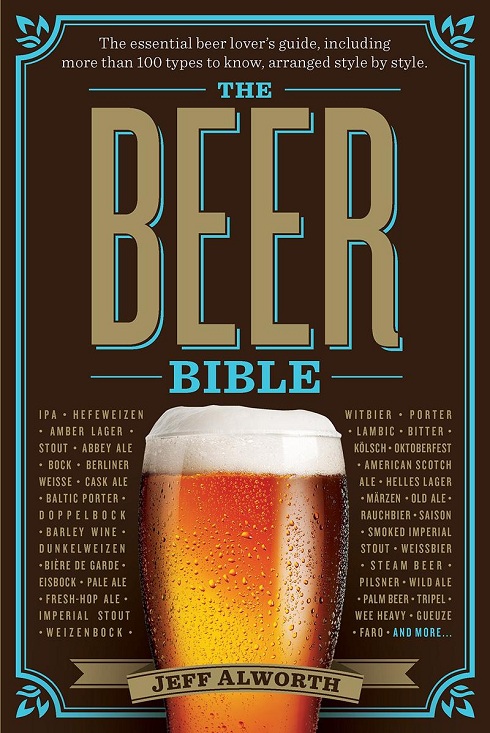
It can be a double-edged sword to say that the author’s voice comes through on the page. In this instance though, it sets the tone for a book that is witty, educational and fun. Beer books, especially ones centered on beer styles and signature beers for that style do not have to be dry affairs, nor do they need bunches of photos or an “edge”. History and the backstory make for intriguing reading and that is practically on every page.
Alworth has re-jiggered the styles into larger like-minded groups. Wet-Hopped beers get their own chapter where usually they are grouped alongside pale ales and IPA’s. Gratzers and Goses are bunched with others that form the lost and found Germanic styles as opposed to being lumped with all German beers. Each chapter concludes with a concise group of beers emblematic of what was just talked about. But before that you get more technical detail and the building blocks of the beers in a succinct manner.
I do want to touch on the design as well. There are a couple slight flaws that are a bit bothersome. The type is a little small for my tired computer eyes and the black and white photos lack the pop that color or a glossier paper stock would provide. But the layout itself is nice with the blocks of text being broken up well and the little changes in color or border providing a change of pace without being distracting.
My favorite parts of the book are the intermittent brewery sections that are peppered throughout the book. Getting a closer look into Dupont and its famous Saison was really cool. But each one is well chosen. They are all important but not talked about enough spots around the globe. I was tempted to just go through and read those first.
It is still a long book but one that goes by quickly and I have already used it a couple of times to refresh my memory when writing a post. It is the sleeker, faster version of the Oxford Guide to Beer.

 In time for Halloween season, the book of the month is suitably about death, or what happens when a normal guy with a baby becomes part of Team Grim Reaper.
In time for Halloween season, the book of the month is suitably about death, or what happens when a normal guy with a baby becomes part of Team Grim Reaper.